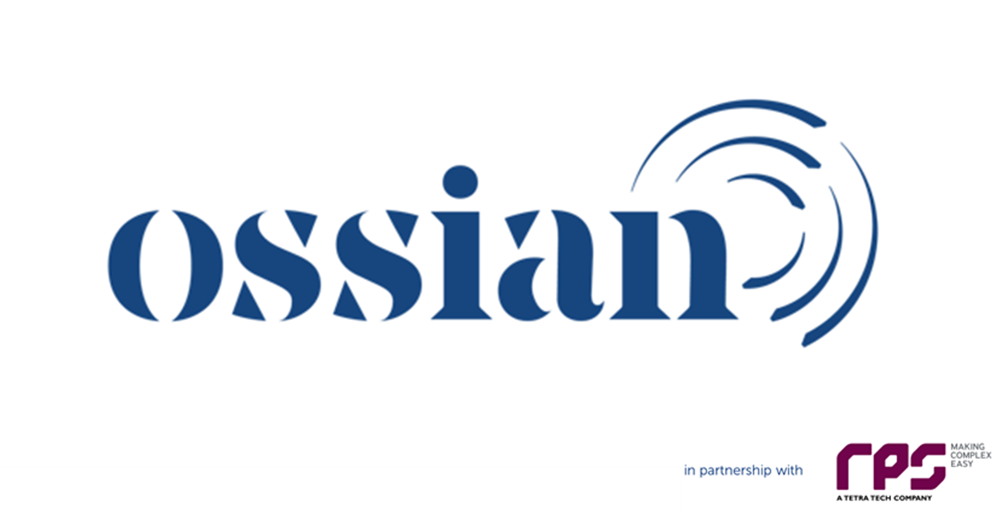Offshore Physical Environment |
Physical Processes | | | The Array is located at least 25 km from sensitive receptors (e.g. the Firth of Forth Banks Complex Marine Protected Area (MPA)) and there is considered to be no impact on these. Experience from other offshore wind farms in the vicinity of the Array has shown that there is limited impact on physical processes from offshore wind farm infrastructure and it is believed that this will also apply to the Array. The designed in measures proposed for this topic will ensure that any potential impacts from the Array on physical processes will be reduced to not significant in EIA terms. Therefore, physical processes is proposed to be scoped out entirely from the Array EIA Report. |
Subsea Noise | | | Subsea noise is proposed to be scoped in and will be subject to a full detailed assessment in the Array EIA Report. |
Airborne Noise | | | The Array is located at a sufficient distance from sensitive receptors (at least 500 m from commercial fishing vessels, at least 1 nm from commercial shipping vessels, and 86.4 km from the nearest offshore platform). Therefore, the effect of airborne noise produced by piling and other construction, operation and maintenance, and decommissioning activities is expected to be negligible. Therefore, airborne noise is proposed to be scoped out entirely from the Array EIA Report. |
Offshore Air Quality | | | Due to the dispersive nature of the offshore environment in the vicinity of the Array, the distance between the site boundary and the nearest coastline, and the small potential emissions relative to the total vessel and helicopter movements in the North Sea, it is unlikely that the Array will produce atmospheric pollutants at or near levels of environmental or human health concern. Therefore, offshore air quality is proposed to be scoped out entirely from the Array EIA Report. |
Climatic Effects | | | Climatic effects is proposed to be scoped in and will be subject to a qualitative assessment within from the Array EIA Report. This will comprise the potential impact of the Array on climate, and the potential impact of climate on the Array. |
Offshore Biological Environment |
Benthic Subtidal Ecology | | | The potential impacts to benthic subtidal ecology proposed to be scoped in to the Array EIA Report are limited to: temporary habitat loss and/or disturbance, long term subtidal habitat loss, colonisation of hard structures and effects to benthic subtidal ecology due to the removal of hard substrates. These potential impacts will be subject to a full detailed assessment in the Array EIA Report. Potential Impacts proposed to be scoped out of the Array EIA Report are detailed in section 6.1, where it was concluded that designed in measures would sufficiently reduce these potential impacts to not significant in EIA terms. In addition, previous experience from other offshore wind farms in the vicinity of the Array showed that these particular impacts were not significant in EIA terms. |
Fish and Shellfish Ecology | | | The potential impacts to fish and shellfish ecology proposed to be scoped in to the Array EIA Report are limited to: subsea noise impacting fish and shellfish receptors during construction and decommissioning, temporary habitat loss and disturbance, long term habitat loss and disturbance, effects to fish and shellfish ecology due to EMF from subsea electrical cabling, and colonisation of hard structures. These potential impacts will be subject to a full detailed assessment in the Array EIA Report. Potential impacts proposed to be scoped out of the Array EIA Report are detailed in section 6.2, and are scoped out on the basis that either designed in measures would sufficiently reduce these potential impacts to not significant in EIA terms, previous experience from other offshore wind farms in the vicinity of the Array or published studies showed that these particular impacts were not significant in EIA terms, or there was no impact-receptor pathway. |
Marine Mammals | | | The potential impacts to marine mammals proposed to be scoped in to the Array EIA Report are limited to: injury and disturbance from subsea noise generated during UXO clearance, injury and disturbance from subsea noise generated during piling, disturbance due to vessel use and vessel activities, injury due to collision with vessels, effects on marine mammals due to altered prey availability, effects on marine mammals due to entanglement associated with the Array and injury and disturbance due to operational noise from anchor mooring lines. These potential impacts will be subject to a full detailed assessment in the Array EIA Report. Potential impacts to marine mammals proposed to be scoped out are detailed in section 6.3, and are scoped out on the basis that either designed in measures would sufficiently reduce these potential impacts to not significant in EIA terms, previous experience from other offshore wind farms in the vicinity of the Array or published studies showed that these particular impacts were not significant in EIA terms, or there was no impact-receptor pathway. |
Offshore Ornithology | | | The potential impacts to offshore ornithology proposed to be scoped in to the Array EIA Report include: temporary habitat loss and disturbance, indirect impacts from construction/decommissioning, indirect impacts from UXO clearance, disturbance and displacement from the physical presence of wind turbines and maintence activities, barrier to movement, collision with wind turbines, changes to prey availability and entanglement. These will be subject to a full detailed assessment in the Array EIA Report. |
Offshore Human and Socio-economic Environment |
Commercial Fisheries | | | Commercial fisheries is proposed to be scoped in and will be subject to a full detailed assessment in the Array EIA Report. |
Shipping and Navigation | | | Shipping and navigation is proposed to be scoped in and will be subject to a full detailed assessment in the Array EIA Report. |
Aviation, Military and Communications | | | The potential impacts to aviation, military and communications proposed to be scoped in to the Array EIA Report are limited to: impact on aviation radar systems during the operation and maintenance phase, creation of an obstruction impacting Airborne Search and Rescue (SAR) Operations, and creation of an obstruction impacting Low Flying Aircraft. These potential impacts will be subject to a full detailed assessment in the Array EIA Report. Potential Impacts proposed to be scoped out of the Array EIA Report are detailed in section 7.3, and have been scoped out on the basis that there is no impact-receptor pathway. |
Marine Archaeology | | | The provision of an outline Written Scheme of Investigation (WSI) and Protocol for Archaeological Discoveries (PAD) will mitigate any potential impacts to known, unconfirmed or unexpected discoveries of archaeological potential and will ensure that all potential impacts are reduced to not significant in EIA terms. Marine archaeology is proposed to be scoped out entirely from the Array EIA Report, however, a Marine Archaeology Technical Report will be prepared and submitted as part of the Array EIA Report to support the WSI and PAD. |
Seascape, Landscape and Visual Resources | | | The Array is located at a sufficient distance (80 km) from the locations of sensitive receptors (e.g. coastlines, including scenic coasts, and people visiting beaches and clifftop viewpoints). The Array is unlikely to be clearly visible from these receptors based on the results of the wireline analysis from four coastal viewpoints closest to the Array. Therefore, Seascape, Landscape and Visual Resources is proposed to be scoped out entirely from the Array EIA Report. |
Infrastructure and Other Users | | | The potential impacts to infrastructure and other users proposed to be scoped in to the Array EIA Report are limited to: displacement of recreational sailing and motor cruising, recreational fishing and other recreational activities due to safety zones and advisory safety distances resulting in a loss of recreational resource, and installation and presence of the Array infrastructure, and associated safety distances, affecting or restricting access to active licence blocks by oil and gas operators either temporarily or long term. These potential impacts will be subject to a full detailed assessment in the Array EIA Report. Potential impacts proposed to be scoped out of the Array EIA Report are detailed in section 7.6, and have been scoped out on the basis that there is no impact-receptor pathway. |
Offshore Socio-economics | | | Offshore socio-economics is proposed to be scoped in and will be subject to a full detailed assessment in the Array EIA Report. |


